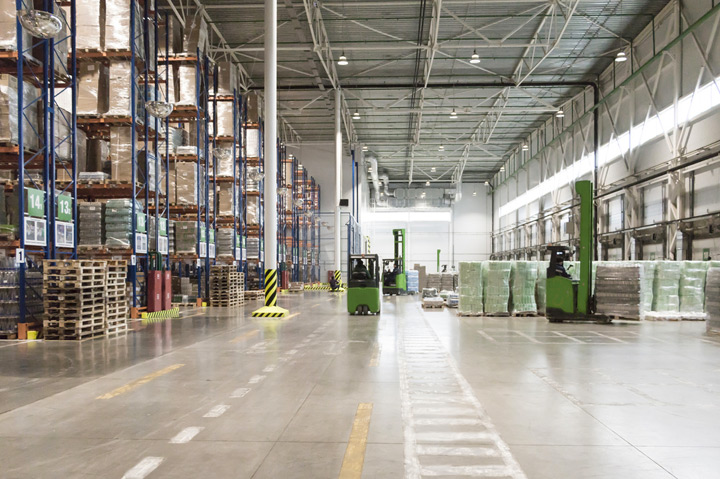June 01, 2022
Promo Leaders Report Progress in China Manufacturing
Recent COVID-fueled societal lockdowns have hampered the sector and while things aren’t booming again, there has been some positive developments.
Manufacturing activity in China remained weak but improved in May, and North American promotional products suppliers that rely on factories there to produce the items they sell domestically said there are positives to report.
China’s manufacturing sector stayed in contraction territory in May, with the official Purchasing Managers Index reading 49.6 – below the tally of 50 that separates expansion and contraction.

Still, May’s reading was up from April’s 47.4 score and also represented a three-month high, with sub-gauges on new orders, exports and employment all improving.
The performance comes as more factories resumed higher-scale production following the easing of strict COVID-driven lockdowns in key manufacturing hubs. Those include Shanghai, where a stringent societal shutdown was set to lift June 1, though some are skeptical of a return to normal life even as factories gained momentum.
While manufacturing contraction has slowed, a recovery was hampered by things like tighter controls on movement due to COVID protocols, which complicates the transportation of goods and materials and workers’ ability to work.
“There continues to be signs of supply chain disruptions in the survey breakdown,” Sheana Yue, an economist with Capital Economics, told Reuters. “Delivery times lengthened further while firms continued to draw down their inventories of raw materials, although at a less rapid pace than in April.”
Even so, some economists believe China’s manufacturing sector will return to expansion in June.
“As COVID-19 cases fall below 100, reopening phase should gain traction in June,” tweeted Christophe Barraud, chief economist and strategist at Market Securities. “With massive fiscal firepower accumulated over the past few months, public investment should also spike, supporting a bounce of manufacturing PMI > 50 in June.”
🇨🇳 #China | As Covid-19 cases fall below 100, reopening phase should gain traction in June. With massive fiscal firepower accumulated over the past few months, public investment should also spike supporting a bounce of #Manufacturing PMI >50 in June.https://t.co/1ILYWXgPj9
— Christophe Barraud🛢🐳 (@C_Barraud) May 31, 2022
While the situation remains far from ideal, improvement in China’s manufacturing sector is viewed positively by many suppliers in the promo products industry, which sources the vast majority of items sold here from Chinese factories.
And for sure, there are positives to share.
“Things are easing in China at the moment,” said Jeffrey Nanus, CEO/president of Norwood, NJ-based hard goods supplier AAA Innovations (asi/30023). “Factories are again ramping up production, although lead times from the factories are slightly longer than before.”
Jeremy Lott, CEO of promo’s largest supplier SanMar (asi/84863), said that the Issaquah, WA-headquartered firm’s China-based supply network has emerged from the lockdown “relatively unscathed,” with China not presenting a big challenge at the moment.
“While we do have some factories whose production was delayed, it won’t have a significant impact on our inventory recovery,” said Lott, a member of Counselor’s Power 50 list of promo’s most influential people.
A persistent fear in promo is that factory slowdowns/shutdowns could make it more challenging to replenish inventory, exacerbating stock gaps for suppliers. Factory production is only one element of that equation though. Factors like shipping space, shipping container availability, and congestion at foreign and domestic ports can also delay delivery of products, creating inventory challenges.
Survey shows widespread concern that a looming surge in import demand could send freight rates soaring, trigger delivery delays and cause big backups at ports. https://t.co/iC3Ol3TVw0 #promoproducts
— Chris Ruvo (@ChrisR_ASI) May 19, 2022
On the bright side, Nanus and others noted that as of late it’s been easier and less expensive to secure shipping containers (though rates remain exponentially elevated over historic norms). Still, “we’ll see if this continues as factories pick up and China exports ramp up for the holiday season,” said Nanus.
To that point: The xChange Industry Pulse Survey recently found that 51% of freight forwarders, traders and shippers expect the peak summer shipping season to be “worse” than last year. Meanwhile, another 22% anticipate the level of “chaos” will be the same as 2021. More than a quarter (26%) expect things to go more smoothly this year.